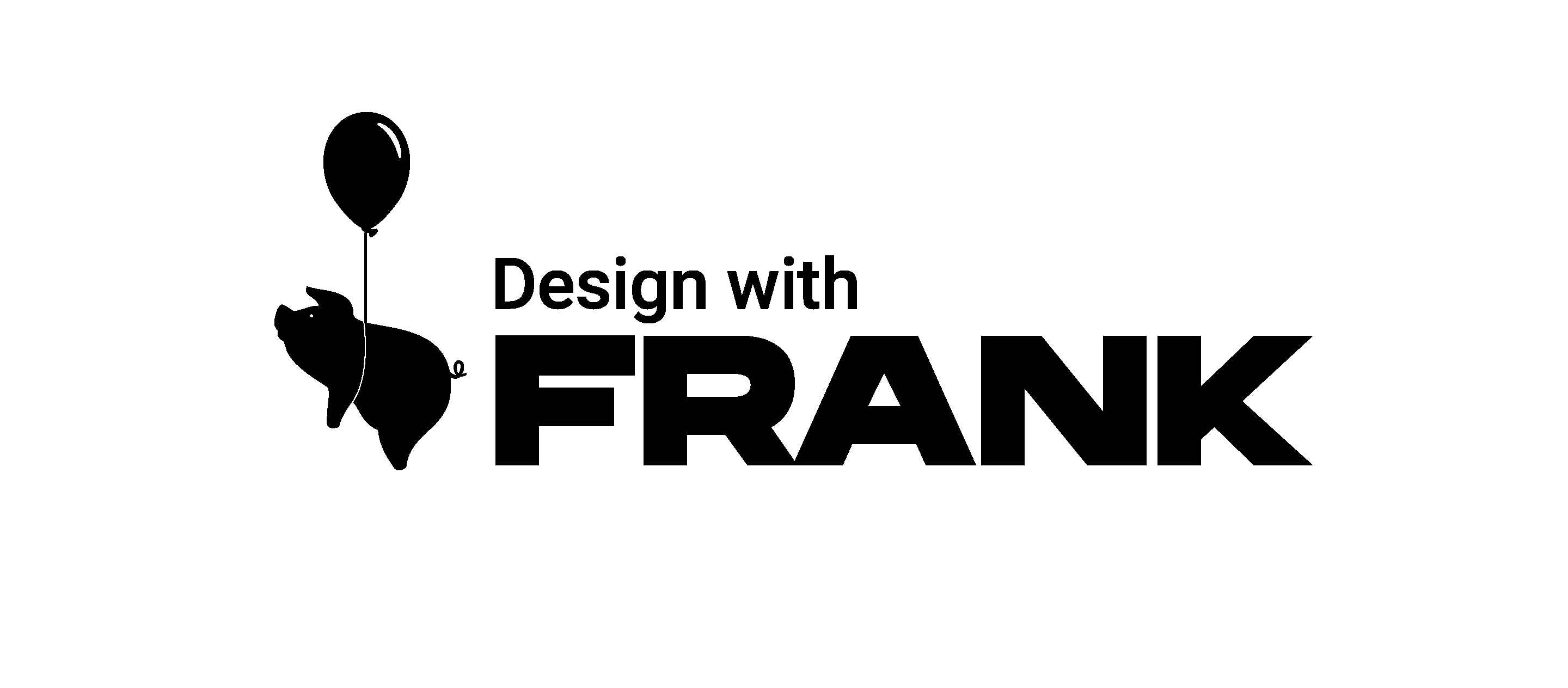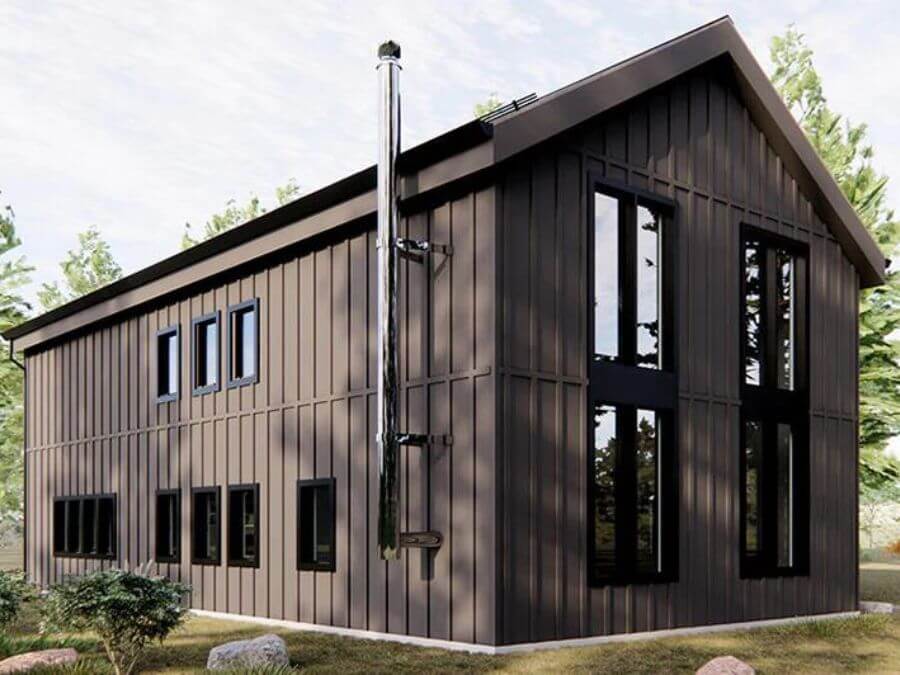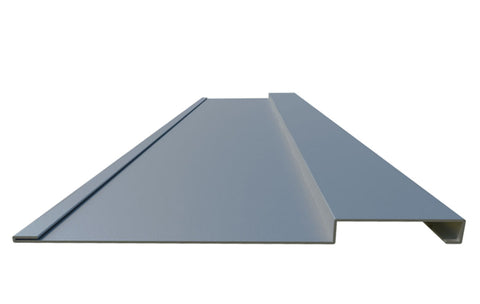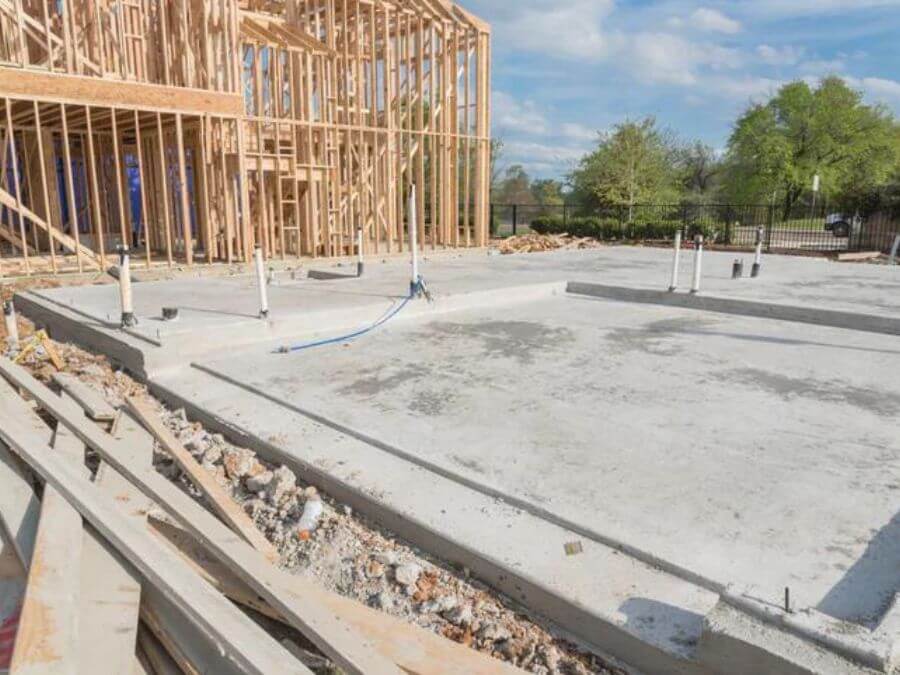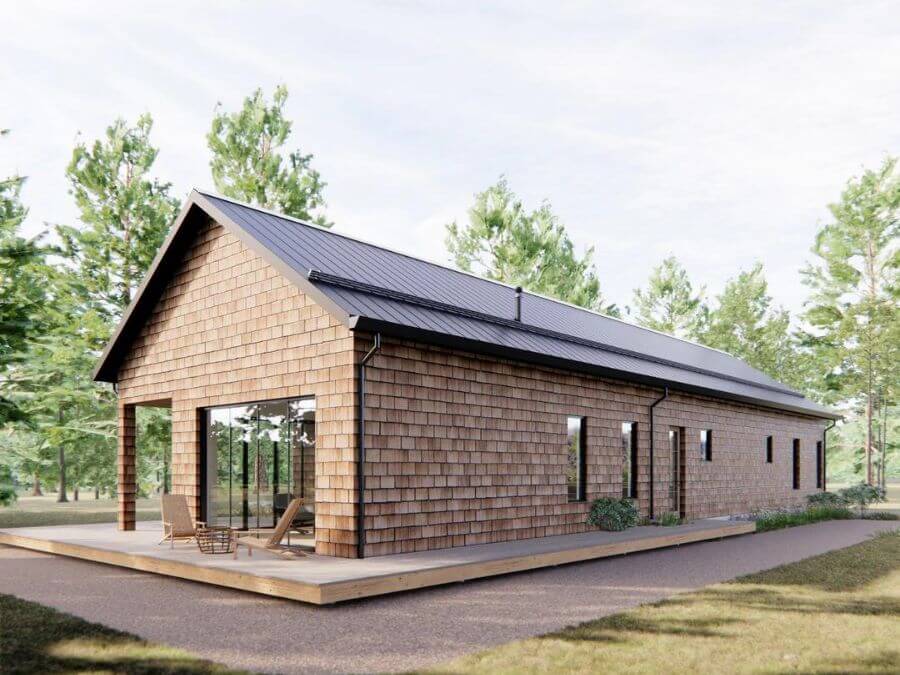Board and batten is a popular wall treatment that can add texture, style, and character to any room in the home. It originally gained popularity in Europe and has since been used to create a rustic yet classic look. Board and batten consists of two components: boards and battens. The boards are typically wider and are laid with gaps in between that are sealed by covering it with narrow strips of wood called battens.
Board and batten was popularized during the Victorian Era (1837-1901) when lumber was plentiful and was used to showcase the exterior carpentry and decoration. Initially, it was utilized to conceal the seams created when boards were joined together. Most homes during this period featured board and batten siding, along with elaborate millwork and ornamentation.
Advantages of board and batten siding
One thing that makes Board and Batten so appealing to many homeowners is its affordability — compared to other types of siding, board and batten tends to be much less expensive, which makes it a great option for those on a tight budget. And because this type of siding installation is relatively easy compared to other kinds of exterior cladding (such as stucco or brick veneer), homeowners can often install board and batten themselves, which saves time —and money— when it comes time for installation.
Another advantage of board & batten is its longevity; if properly maintained over time with regular cleaning (especially after storms), your board & batten will last many years without needing repair or replacement. Finally, board & batten isn't just aesthetically pleasing; it also provides additional insulation properties due to the grooves between each board which helps keep interior temperatures at comfortable levels year-round while still providing sufficient ventilation during hot months.

,
Common wood for batten exterior siding
When choosing which wood siding to use for Board and Batten walls, consider aesthetics and durability depending on your space's needs. Pine is one of the most affordable options but may only last for a short time as other types of wood in high moisture or humid environments. Other popular choices are cedar which provides natural anti-fungal properties; larch, which offers excellent strength; hemlock, which is lightweight yet strong; or spruce/fir, which has good insulation properties and is aesthetically pleasing.
Redwood (Sequoia) - a type of American wood found only in the coastal areas of Northern California, where some of the world's tallest trees—many of which reach heights of over 270 feet—were harvested. Redwood trees have been gathered in California since the first Spanish settlers arrived more than 400 years ago. It is a highly valued lumber product known for several distinct qualities not found in other woods, including chemically treated woods. In addition to durability, redwood has resistance to decay, insects, shrinking, warping, and checking. This means that redwood, as a siding material, will last a very long time. Redwood decks, fences, and shelters look better ten, fifteen, and twenty years after installation. Other softwoods lack its rich beauty and durability.
Cedar - originates from a variety of cedar trees that are found all over the world. Western Red Cedar is the most typical timber imported into New Zealand. Cedar is a hardy softwood with a straight grain, uniform texture, and few knots. It is prized for its distinct look, flavor, and inherent resistance to decay. Cedar has a high degree of dimensional stability and is not easily bent or warped.
In most cases, it doesn't splinter. The timber is resistant to insects and rots because it contains natural insecticides. It has a high thermal and acoustic insulating value thanks to its light porous texture, making it an excellent cladding for your house.

Fir - One-fourth of all lumber produced and used in North America is Douglas fir. In terms of stiffness and strength-to-weight ratio, it has the best ratings of any North American softwood. Due to these characteristics, it is the material of choice for builders when framing buildings, bridges, and other structures like railroad ties. For facilities that must withstand strong winds or earthquakes, douglas fir sets the bar by which other framing materials are judged. Because of its stiffness, it is a good flooring material. In addition to fencing and firewood, Douglas fir is used to make plywood, house logs, and posts. Additionally, Douglas fir trees are favored as Christmas trees.
Pine - a coniferous wood prevalent in the Northern Hemisphere. It is one of the most commonly used woods in manufacturing and carpentry. It can be found in many homes worldwide in the form of flooring, windows, furniture, and so on. Because pine is resistant to wear, it is an ideal timber for building a deck, patio, or flooring with high foot traffic.

Spruce Pine Board and Batten Siding
Engineered Wood - a broad class of building items and materials. They are manufactured by gluing bits of genuine wood, waste wood, shredded wood fibers, or sawdust to make goods that appear and function like wood but are more rigid and durable. As the name indicates, engineered wood products are rigorously evaluated for strength, durability, and moisture resistance. Some outdoor-specific items are designed using waterproof adhesives.

Engineered Wood Board and Batten
Alternative materials for siding materials
For those looking for alternatives to wood board & batten, there are many options available such as:
- Metal


Hardie® Board Panel Vertical Siding in a Modern Home
Installation or Methodology
Both vertical and horizontal applications are possible, and connections like screws, caulk, and furring strips. But before you install Board and Batten on your home, it's important to understand what makes Board and Batten different than other types of siding. Board and Batten's main feature is its use of long, vertical boards with narrow battens separating them, creating an eye-catching pattern that stands out from other traditional siding options. Board and Batten also provides superior protection against moisture damage from the elements since the boards are grooved together in order to reduce air leaks.

Board and Batten width and spacing

Board and Batten Siding —Is this a trend here to stay?
Board and batten is used for buildings like barns and garden sheds because it is affordable and straightforward to assemble. Board-and-batten siding is sometimes referred to as "barn siding" because many barns in North America are built in this manner. Board and batten siding is a popular trend that has been gaining traction for several years now. Board and batten, also known as batten board, is a popular siding option for many homeowners who are looking to enhance the exterior look of their homes.

1900s Board and Batten Barn

Vintage Board and Batten Chapel
Aside from its traditional use on the exterior of homes, board and batten is also a popular design element used for interior spaces. This type of siding adds texture and character to any room. Installing board and batten in an interior space isn’t difficult either; with some basic tools and materials, you can transform your home into something special in just a few hours! Additionally, board and batten siding is easy to paint or stain in order to match your existing décor, making it an ideal choice for customizing your living space.

Interior Board and Batten Accent Wall. Left & Right
Do you want to incorporate this paneling style on the interior or exterior of your dream house? Chat with us now!
